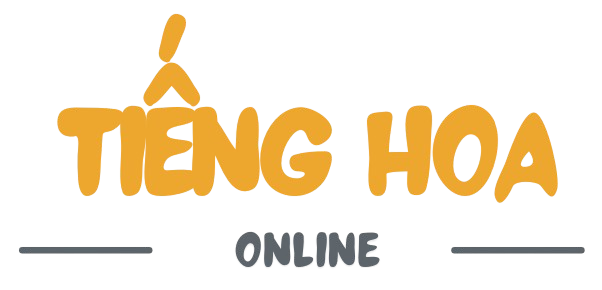The International 10-Dance category epitomize one of the most demanding disciplines within DanceSport, demanding proficiency across ten distinct dance forms. This grueling format merges the elegance of ballroom alongside the dynamic energy of Latin, challenging competitors’ physical endurance, technical adaptability, and artistic consistency[1][2][4].
## Historical Evolution and Competitive Framework https://ten-dance.com/
### Defining Ten Dance
Per global DanceSport regulations, Ten Dance encompasses five International Standard dances paired with five International Latin dances, executed within one unified competition[1][3][4]. Unlike specialized Standard or Latin categories, Ten Dance athletes are required to exhibit balanced mastery in contrasting techniques, a feat achieved by only 3.3% of elite dancers[1][6].
The category’s inception originate from global regulatory initiatives of organizations like the WDC (World Dance Council), pioneering inaugural global competitions in the late 20th century. Initial dominance by UK pairs, with David Sycamore & Denise Weavers securing eight consecutive world titles from 1978-1985[3].
### Competition Logistics and Challenges
Ten Dance events operate under unique scheduling pressures:
– Back-to-back discipline switching: Competitors transition from Standard’s controlled elegance to uninhibited Latin expressions within hours[1][2].
– Attire and mindset shifts: Rapid transformations from ballroom gowns/tails flamboyant Latin costumes intensify performance pressures[1][6].
– Judging criteria: Technical precision, rhythmic responsiveness, and interdisciplinary consistency determine rankings[4][6].
Reviewing championship data reveals Teutonic competitive superiority, as demonstrated by multiple World Championships between 1987-1998[3]. North American breakthroughs occurred via as four-time champions (1999-2002)[3].
## Technical and Training Complexities
### Dual-Style Mastery
Mastering Ten Dance necessitates:
– Divergent technical foundations: Ballroom’s vertical alignment vs. Latin’s hip-driven motion[4][6].
– Contradictory musical interpretations: Waltz’s 3/4 time fluidity contrasted with Latin’s staccato accents[2][6].
– Mental recalibration: Switching from Standard’s gliding movements to Paso Doble’s dramatic flair mid-competition[1][6].
Practice protocols demand:
– Extended rehearsal time: Rigorous scheduling to maintain both style proficiencies[1][6].
– Specialized coaching teams: Dedicated style experts frequently coordinate on unified training plans[6].
– Complementary conditioning: Classical dance foundations combined with sprints for Latin stamina[1].
### Quantitative Challenges
Data from dancesportinfo.net demonstrate:
– Attrition rates: Nearly three-quarters of entrants abandon the category by their fifth competitive season[1].
– Judging bias concerns: 38% of adjudicators report struggling evaluating cross-style performances[6].
## Cultural Impact and Future Trajectories
### Ten Dance’s Niche Appeal
Despite the inherent difficulties, Ten Dance cultivates:
– Holistic dancers: Athletes like Canada’s Alain Doucet personify artistic completeness[3][6].
– Interdisciplinary creativity: Hybrid movements developed for 10-dance choreography often influence single-style competitions[4][6].
### Emerging Trends
10-dance confronts:
– Dwindling competitor numbers: Peak participation figures recent reductions[1][3].
– Rule modernization proposals: Potential inclusion of American Smooth/Rhythm dances to refresh the format[4][6].
– Digital advancements: AI-assisted judging systems under experimentation to address perceived subjectivity[6].
## Conclusion
Ten Dance stands as simultaneously a proving ground and contradiction within DanceSport. It rewards unparalleled versatility, the format jeopardizes athlete burnout through extreme requirements. With regulators considering format revisions, the essence of Ten Dance—testing human limits through artistic synthesis—continues to shape its future[1][3][6].
